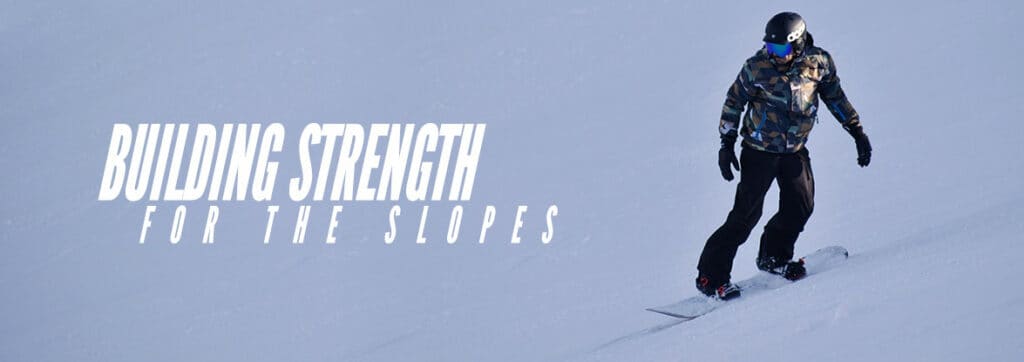
It’s getting cooler out, the days are getting shorter, it’s almost time for the snow to start falling on your favorite ski and snowboard runs. Trips to the snow can be a fun and rewarding way to spend your winter but it can be some hard work. This year don’t be sidelined at the ski lodge by the first afternoon by following these tips:
First, build up the strength in your legs and postural muscles. This sounds hard but it doesn’t have to be and it doesn’t even have to take a long time. Isometric (non-moving) exercises are a great way to increase the strength output of your muscles without waiting to grow new muscle fibers. Isometric exercises force the body to feel and recruit every muscle fiber being targeted in order to hold a certain position. By doing the following three times a week you will greatly increase your leg, core, and postural strength:
:30 Wall Sit (hold a seated position against a wall)
:30 Plank Hold (hold yourself on your elbows and toes, keeping hips level with shoulder)
:30 Bridge (lay flat, feet flat, knees bent, lift your hips off the ground)
Start with :30 of each and as you get stronger try adding :15 at a time until you get to 1 minute.Next, you will want to increase your cardiovascular endurance. Taking group exercise classes at Power Hour 360 is a great place to start. Our classes regularly push participants to higher heart rate zones that will allow for the body to adapt and ultimately increase cardiovascular and muscular endurance. Three classes a week at Power Hour 360 is a great start to getting your heart and muscles stronger.
Finally, eat healthy and get plenty of sleep. Winter vacations are not usually the time you think about health foods but a few simple tips can keep your energy levels up throughout a hard day on the slopes. First of all get plenty of protein and carbohydrates early in the day (many breakfast foods are high in fat so make sure you are searching out starches and protein sources early in the day. Eggs, bagels, and cheese probably don’t sound that healthy but long days outdoors require a large amount of energy so don’t shy away at the breakfast table. Always make sure you get plenty of sleep, especially after long bouts of activity the body requires more sleep than normal to function optimally.
Follow these tips this year and by the time the snow starts falling you will be ready to get out there. Friends and family that thought they could keep up with you will be asking how you do it!
